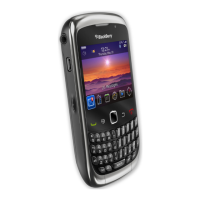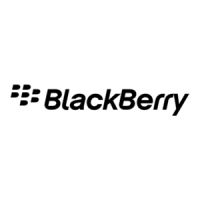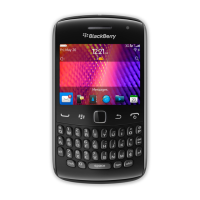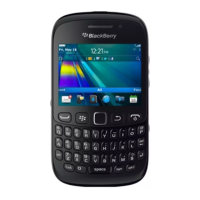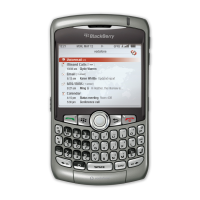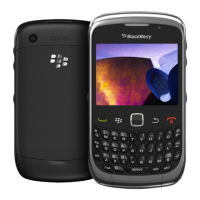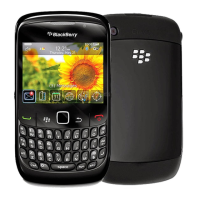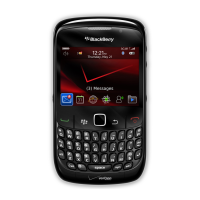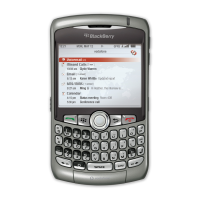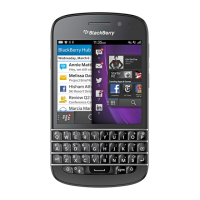This section provides guidelines on how to approach application design, with specific considerations for BlackBerry
devices. It does not tell you how to build an application.
Best practice: Designing applications for BlackBerry
devices
Consider the following guidelines:
• Become familiar with other BlackBerry device applications. Before you design your application, use other
applications on a BlackBerry device or the BlackBerry Smartphone Simulator. Note the behaviors that users expect in
BlackBerry device applications. For example, if a phone number appears in a text field, users expect to be able to call
the number by clicking it.
• Use BlackBerry UI components. If you use BlackBerry UI components, your application can inherit the default
behavior of the component. Users are familiar with default behaviors and do not have to learn new behaviors for the
components that you implement in your application. Using BlackBerry UI components also makes the layout more
extensible on BlackBerry devices with different screen sizes. For more information, see the "Components" section.
• Use standard interaction behaviors. Follow the standard interaction behaviors as closely as possible so that a
particular user action produces a consistent result across applications. For example, allow users to see the next or
previous image by swiping across the screen. For more information, see the "Interaction" section.
• Make the UI intuitive. An intuitive UI responds to user expectations. Users form their expectations based on their
experience using BlackBerry device applications and general software UI conventions. For example, when users press
the Space key twice, they expect the BlackBerry device to insert a period and capitalize the next letter.
• Make the UI forgiving. Design a UI that allows users to explore the application without fear. Allow users to change their
minds and undo commands. Users sometimes click a menu item or button accidentally. For example, use an alert
dialog box to notify users of a critical action, such as deleting data from their BlackBerry devices.
• Create a seamless experience. Anticipate tasks that users might need to do next. Provide efficient ways for users to
access other features. For example, allow users to compose Facebook and Twitter messages (in addition to email
messages, PIN messages, and text messages) from the Messages menu.
• Use known variables. Take advantage of known variables, such as the location of the BlackBerry device. For example,
when the device enters a certain geographical area, you might be able to push an application or location-specific
information to the device.
• Think about localization early. Early in the design process, consider whether your application might require
localization. If your application does not require localization now, consider designing your application so that it would
be easy to localize it in the future. BlackBerry devices are sold all over the world, and BlackBerry device applications
are translated into over 30 languages, including languages that are not based on a Latin alphabet. Some BlackBerry
devices also feature a localized keyboard. For more information, see the "Localization" section.
Related information
Components,
Interactions, 24
Localization, 48
UI Guidelines Getting started
9
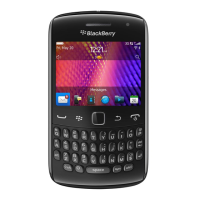
